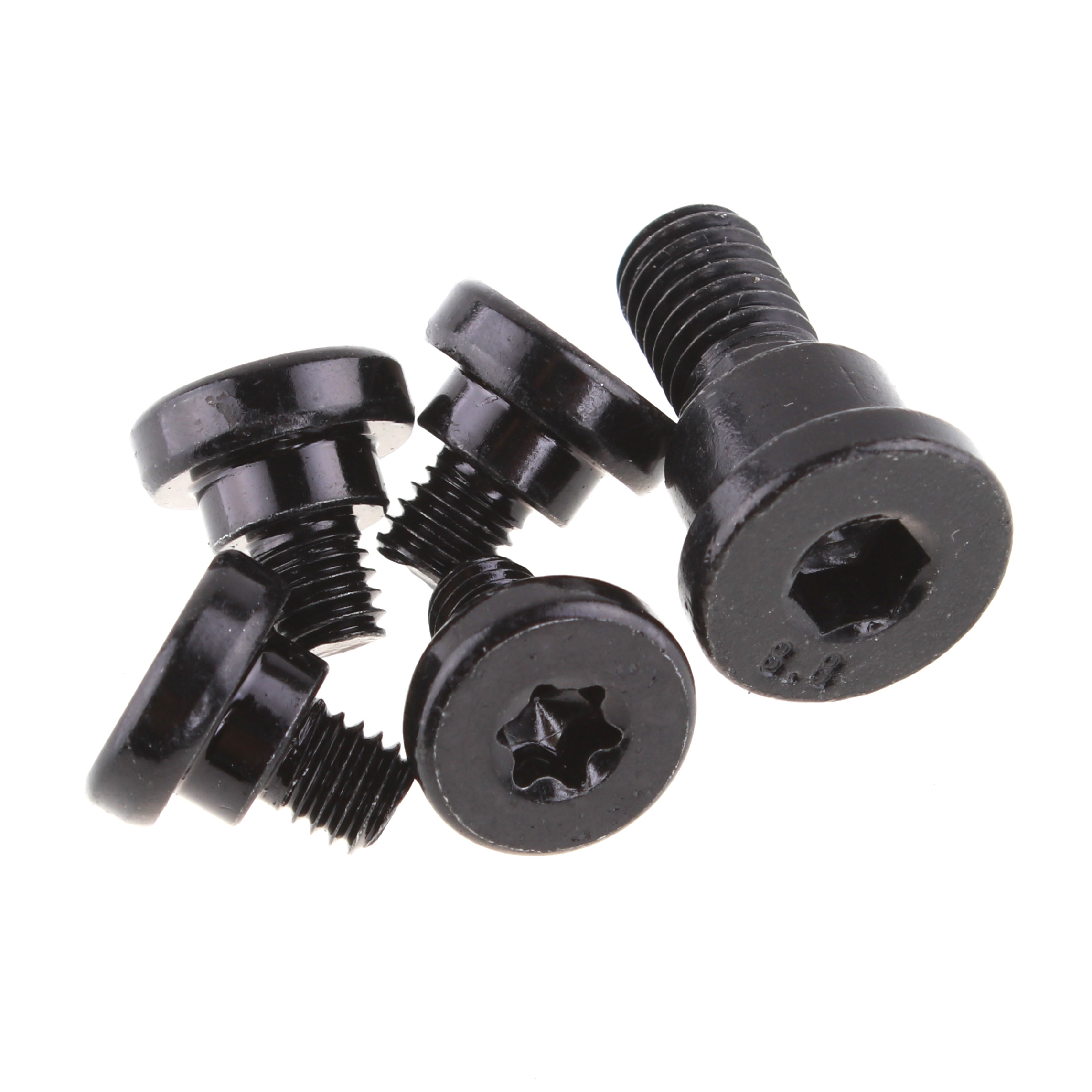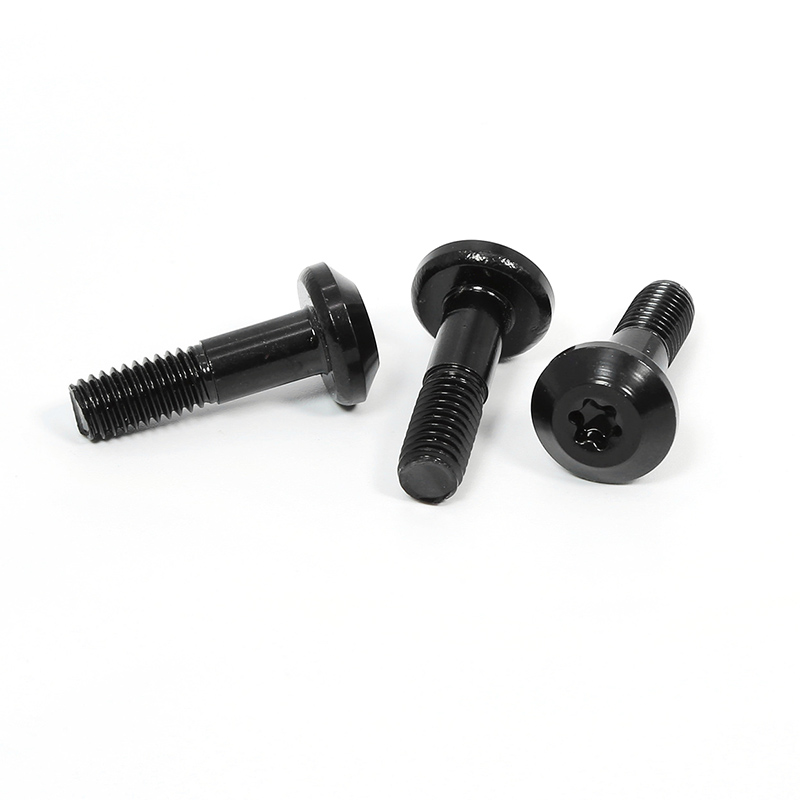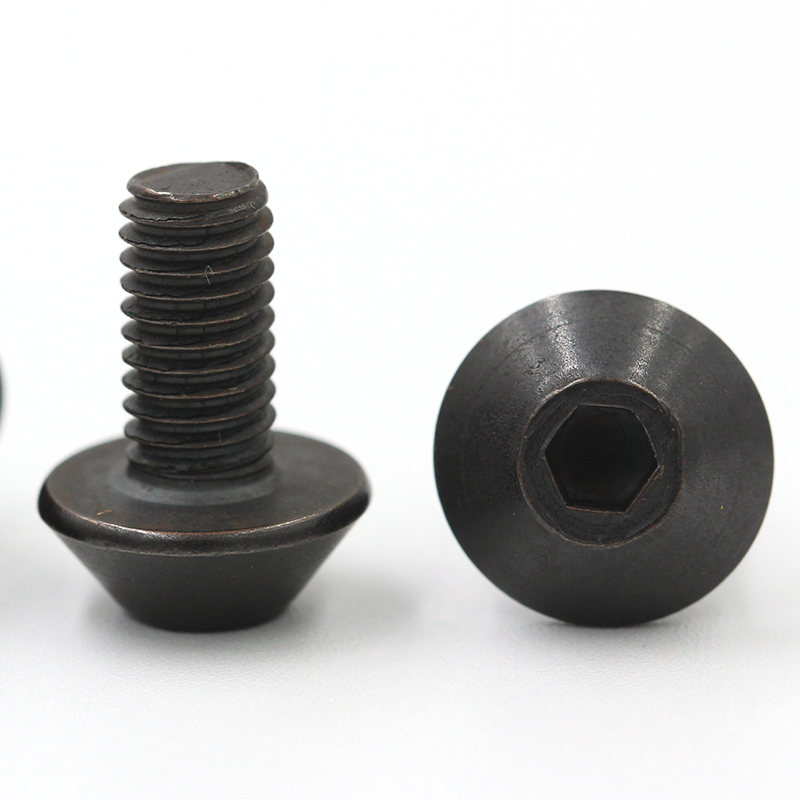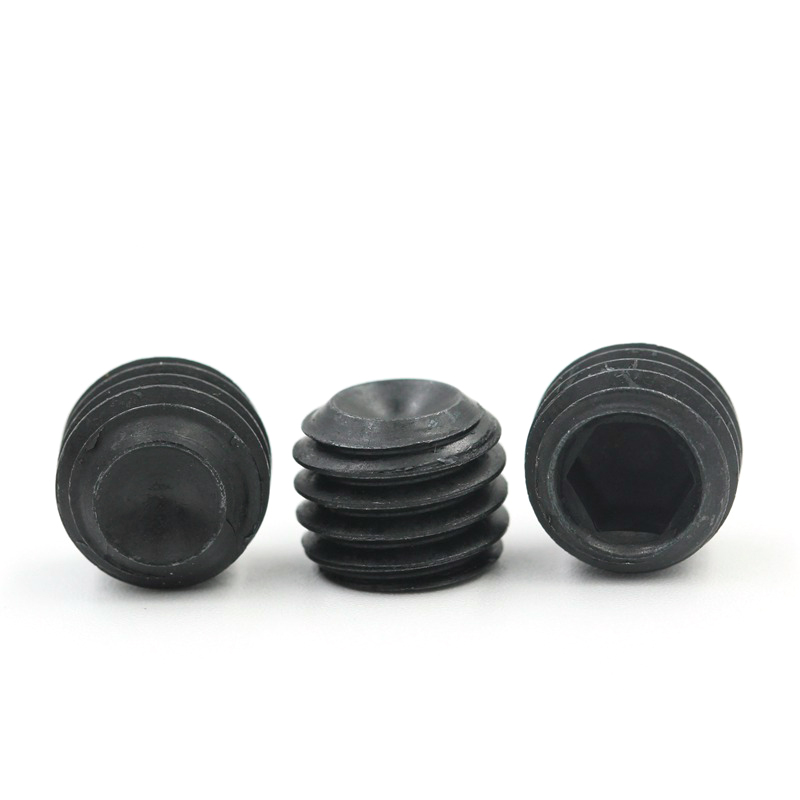When choosing between black zinc plating and blackening for screw surfaces, it's important to consider several key factors:
Coating Thickness: The black zinc plating screw generally has a thicker coating compared to blackening. This is due to the chemical reaction between sodium nitrate at approximately 160°C and carbon atoms, resulting in the formation of black iron oxide (Fe3O4) during blackening, which leads to relatively thin coatings.
Reactions in Acid: Immersing the screws in acid can provide a clue about their surface treatment. If a blackened screw exhibits a white layer after the black layer is removed in the acid and continues to react with the acid, it indicates passivated black zinc plating. Otherwise, it is most likely blackening.


Scratch Test: Another way to distinguish these treatments is by using a simple scratch test with a piece of white paper. Scratching a blackened surface may cause the color to fade, as blackening involves a chemical reaction that alters the surface. On the other hand, screws with black zinc plating will retain their coating as zinc material is bonded to the surface through electroplating.
Our screws come in various materials such as carbon steel, stainless steel, brass, alloy steel, and more. They serve are customizable to match your specific requirements. With a corrosion-resistant black zinc plating, our screws offer excellent protection against environmental degradation and showcase a high-quality finish. Alternatively, blackened screws provide superior oxidation resistance along with a low-gloss surface appearance, making them suitable for applications requiring non-reflective surfaces.
In summary, understanding the differences between black zinc plating and blackening is crucial for selecting the right type of custom screws that best suit your application’s needs. Choose from our lineup of high-quality screws that cater to the demanding standards of diverse industries.


Post time: Jan-24-2024








